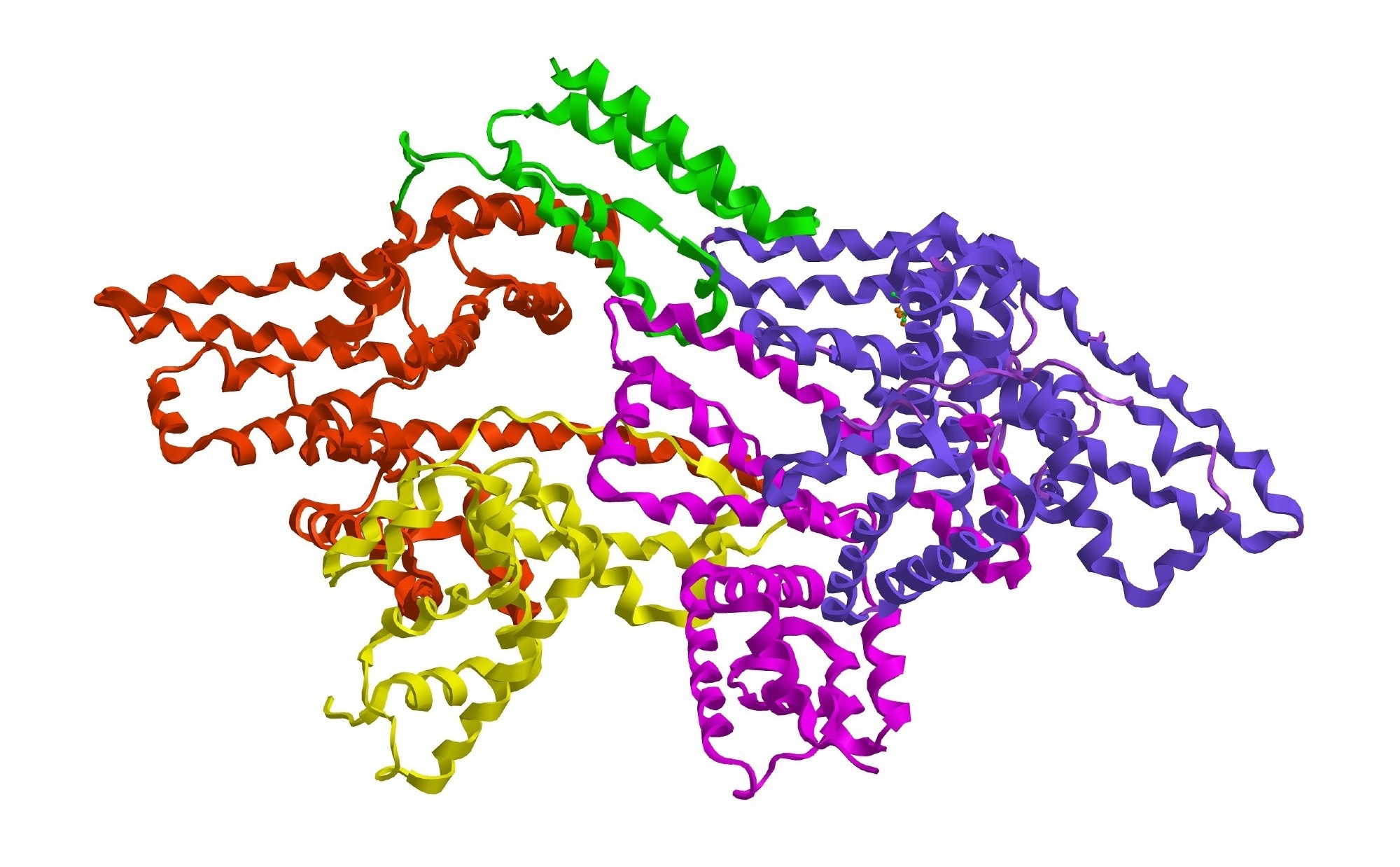Sponsored by Xenocs SASReviewed by Louis CastelOct 17 2022
Bovine serum albumin (BSA) is a non-glycosylated globular protein found in bovines. Since it is inexpensive and readily accessible, it is widely used in clinical chemistry, immunodiagnostic procedures, and drug delivery.1,2

Image credit: Shutterstock/Raimundo79
An understanding of the behavior of BSA in solution under various conditions is essential to assess the stability of such systems.
Small Angle X-Ray Scattering (SAXS) data was gathered over a wide range of concentrations on a laboratory instrument to fully understand BSA self-association. The ratio of monomer to dimer in solution was then estimated by fitting SAXS curves to its monomer and dimer crystal structures.
SAXS provides the opportunity to characterize closely related molecules, such as monomer-dimer equilibrium in solution, that are not amenable to most other biophysical characterization techniques.
This application note provides detailed insight into the analysis of SAXS data combined with scattering modeling curve fitting providing valuable insights into the solution state behavior of BSA.
Click here to gain access to the complete application note
References
- Rombouts, Ine, Bert Lagrain, Katharina A. Scherf, Marlies A. Lambrecht, Peter Koehler, and Jan A. Delcour. “Formation and reshuffling of disulfide bonds in bovine serum albumin demonstrated using tandem mass spectrometry with collision-induced and electron-transfer dissociation.” Scientific reports 5, no. 1 (2015): 1–12
- Karimi, Mahdi, Sajad Bahrami, Soodeh Baghaee Ravari, Parham Sahandi Zangabad, Hamed Mirshekari, Mahnaz Bozorgomid, Somayeh Shahreza, Masume Sori, and Michael R. Hamblin. “Albumin nanostructures as advanced drug delivery systems.” Expert opinion on drug delivery 13, no. 11 (2016): 1609-1623

This information has been sourced, reviewed and adapted from materials provided by Xenocs.
For more information on this source, please visit Xenocs.